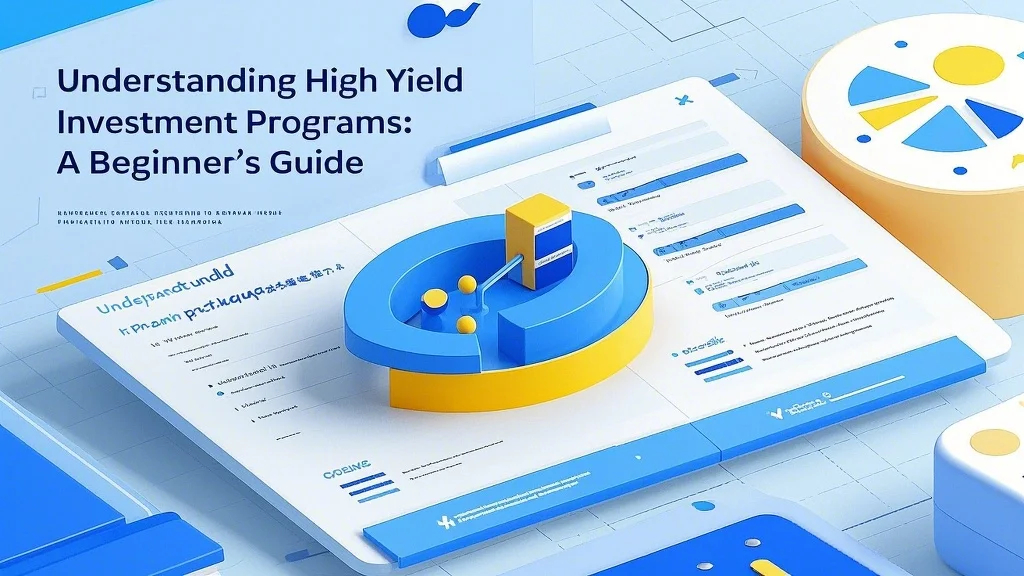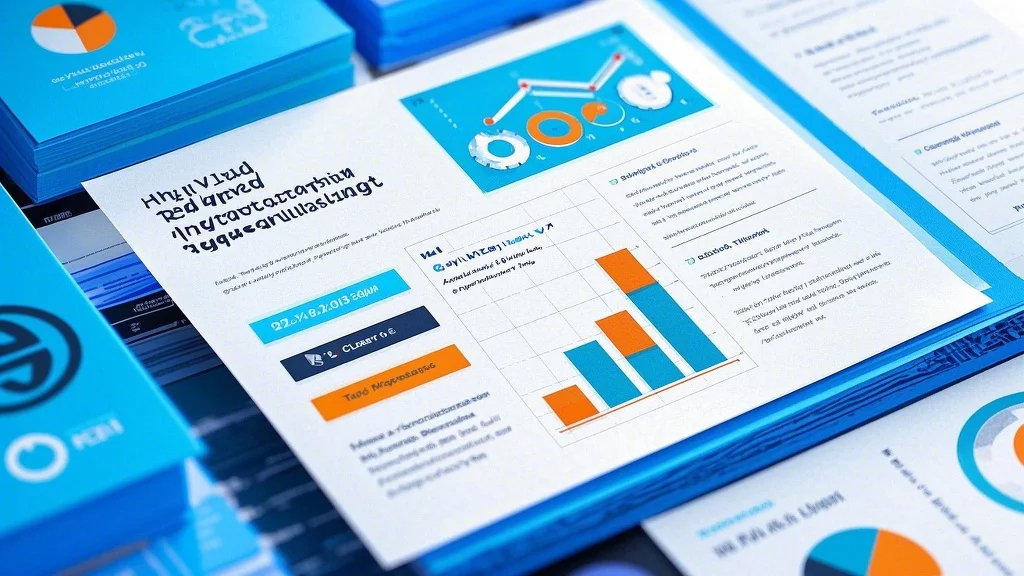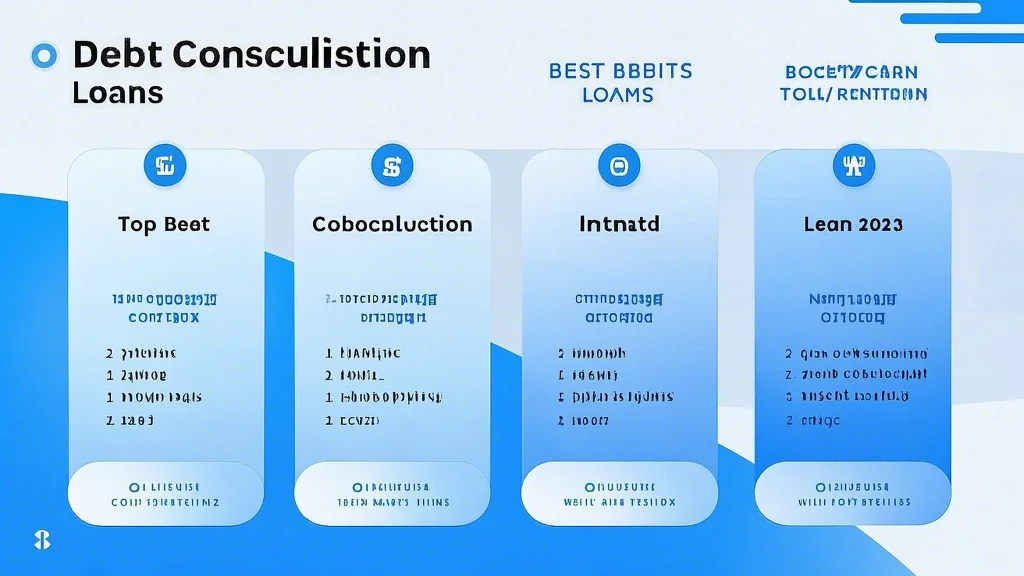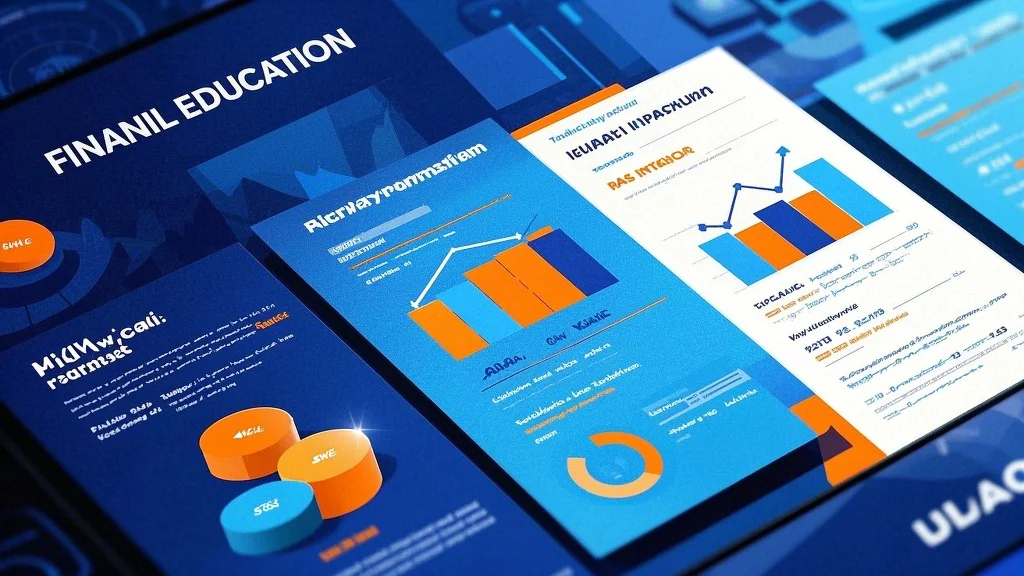Unveiling High Yield Investment Programs
In the world of finance, the term “high yield” often signifies opportunities for substantial returns. High yield investment programs are designed to offer investors higher-than-average returns, making them attractive to those seeking to grow their wealth. However, these programs are not without their complexities and risks. For beginners, understanding the nuances of high yield investment programs is crucial before diving in.

What Are High Yield Investment Programs?
High yield investment programs are financial strategies or structures that promise higher returns compared to traditional investments like savings accounts or government bonds. These programs often involve leveraging financial instruments such as bonds, stocks, or alternative assets. The appeal lies in the potential for significant收益, but it’s important to recognize that higher returns typically come with higher risks.
Why Are High Yield Investments Popular?
The primary allure of high yield investment programs is their potential to generate substantial income. Many investors, particularly those looking to build passive income streams, are drawn to these programs. Additionally, in an era of low interest rates, high yield investments offer a way to outpace inflation and achieve financial goals more efficiently.
Key Features of High Yield Investment Programs
High Returns: The defining feature of these programs is their potential for high returns. Investors can earn interest, dividends, or capital gains at a faster rate compared to traditional investments.
Diverse Investment Vehicles: High yield programs can include a variety of assets, such as high-yield bonds, REITs (Real Estate Investment Trusts), peer-to-peer lending, and even cryptocurrency.
Risk-Adjusted Strategies: While the focus is on returns, these programs often require a careful balance between risk and reward. Proper diversification and risk management are essential to avoid significant losses.
Are High Yield Investments Suitable for Beginners?
For beginners, high yield investments can be both exciting and intimidating. While the potential for high returns is appealing, it’s important to assess whether you have the necessary knowledge, experience, and risk tolerance to participate.
What You Need Before Starting
Basic Financial Knowledge: Understanding fundamental concepts like interest rates, market trends, and asset valuation is critical.
Risk Management Skills: High yield investments often involve volatile assets. Being able to assess and manage risk is key to long-term success.
Diversification Strategy: Avoid putting all your eggs in one basket. Diversifying across asset classes can help mitigate risk.
Disciplined Investment Approach: Emotional decisions can lead to impulsive actions, which are often detrimental in high-stakes investments.
Common High Yield Investment Options for Beginners
High-Yield Savings Accounts: These accounts offer higher interest rates compared to traditional savings accounts. They are relatively low-risk and liquid, making them a good starting point for beginners.
REITs: Real Estate Investment Trusts allow investors to gain exposure to real estate without the need for direct ownership. REITs often provide stable income through dividends.
Peer-to-Peer Lending: This involves lending money to individuals or businesses through online platforms. While it can offer high returns, it also carries a higher risk of default.
By starting with these relatively low-risk options, beginners can build a foundation of knowledge and experience before moving on to more complex and potentially higher-risk investments.
Maximizing Returns While Minimizing Risks
While high yield investment programs offer the promise of significant returns, they also come with inherent risks. As a beginner, it’s essential to adopt a strategic approach to maximize returns while protecting your capital.
Understanding the Risk-Return Spectrum
The principle that higher returns often correspond to higher risks is fundamental to investing. High yield investments sit on the higher end of the risk spectrum, meaning they are more volatile and exposed to market fluctuations. As a result, it’s crucial to carefully evaluate the risks associated with any high yield program before committing your funds.
Mitigating Risks in High Yield Investments
Thorough Research: Always conduct extensive research on the investment program, the issuer, and the market conditions. Look for reputable platforms and avoid schemes that seem too good to be true.
Diversification: Spreading your investments across different assets and sectors can reduce your exposure to any single risk. Diversification is a key strategy for managing risk.
Setting Realistic Expectations: While high yield programs promise attractive returns, it’s important to set realistic expectations. Market conditions can change rapidly, and returns are not guaranteed.
Monitoring and Adjusting: Regularly review your investments and adjust your portfolio as needed. Staying informed about market trends and economic indicators can help you make timely decisions.
Strategic Tips for High Yield Investment Success
Start Small: As a beginner, it’s wise to begin with a small portion of your investment capital. This allows you to test the waters without risking your entire portfolio.
Focus on Quality: Prioritize investments in established, reputable platforms or companies. Quality often translates to greater stability and lower risk.
Leverage Technology: Utilize financial tools and platforms that provide real-time data, analytics, and alerts. Modern fintech solutions can enhance your decision-making process.
Stayeducated: Continuous learning is essential in the ever-evolving world of finance. Stay updated on market trends, investment strategies, and regulatory changes.
: Building Wealth Through High Yield Investments
High yield investment programs can be a powerful tool for building wealth, but they require careful consideration and strategic planning. As a beginner, it’s important to start with small, manageable investments and gradually build your knowledge and experience. By prioritizing risk management, diversification, and ongoing education, you can navigate the complexities of high yield investments and achieve your financial goals.
Remember, the key to success in any investment endeavor is patience and discipline. Avoid chasing short-term gains and focus on creating a sustainable investment strategy that aligns with your financial objectives. With the right approach, high yield investments can pave the way to a brighter financial future.




